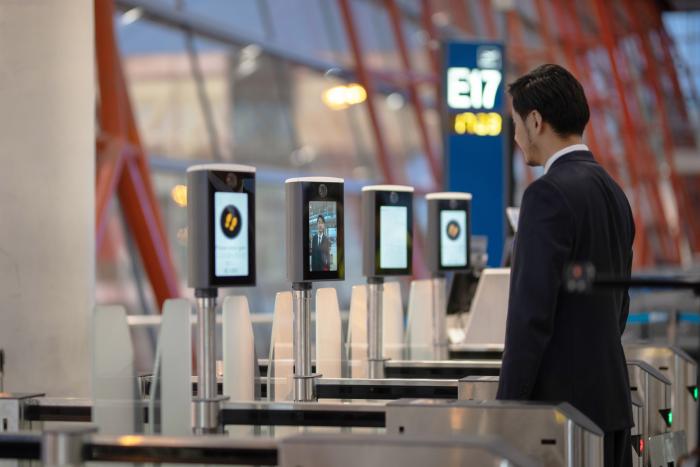In 1930, there were only around 6,000 passengers travelling by air. By 1934, this had risen to just under 500,000. By 2019 the figure had leapt to 4 billion, with the International Air Transport Association (IATA) projecting 8 billion air travellers annually by 2040. The demand for air-travel is booming.
To prepare for this, 425 major construction projects (worth around US$450bn) are already underway at existing airports. The industry also invested in 225 new airport projects in 2022, according to the Centre for Aviation. But bricks and mortar infrastructure is only part of the solution, according to SITA. Without state-of-the-art, adaptable digital solutions, airlines and airports will struggle to manage passenger numbers. This will affect the quality of the travel experience they’re able to deliver.
SITA’s Biometrics White Paper, ‘Face the Future’, highlights how the surge in air traveller numbers places extraordinary pressure on existing and new airports, national borders, and airline resources. In short, “existing paper-based and manual travel infrastructure and legacy processes simply won’t be able to cope”.
The solution, explains SITA, is in harnessing the power of facial and fingerprint biometrics to create a smoother, safer, and slicker air transport experience. By applying advanced technological solutions SITA will also solve other industry challenges, like space constraints, specialist staff shortages, and evolving passenger wants and needs.
According to SITA, the future of air-travel is clearly outlined in the white paper – a future that’s safe, ethical, and fully embraces biometrics. The white paper also emphasises the need to prioritise privacy, flexibility, and adaptability.

